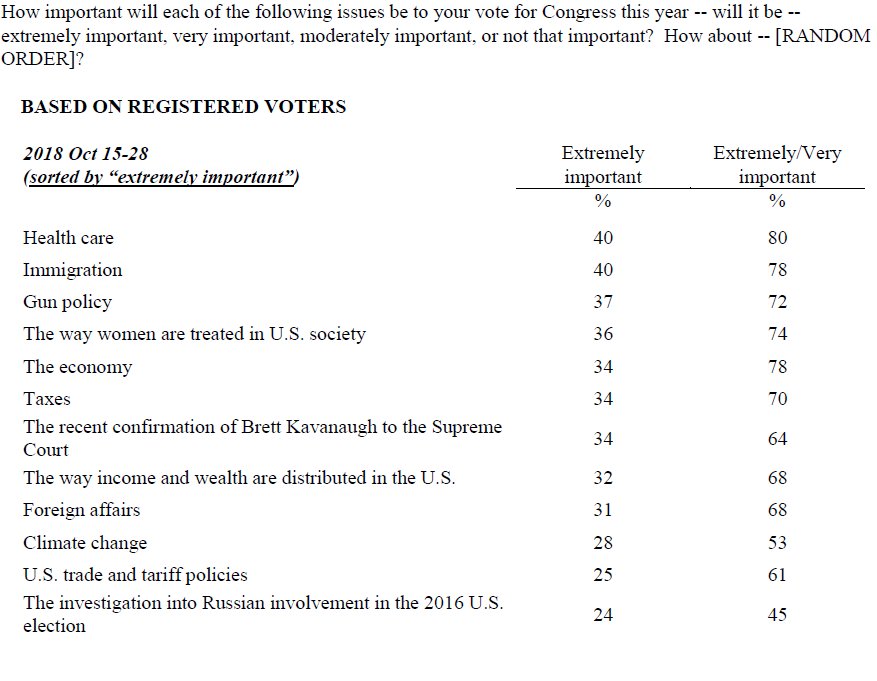Coloring is the part of comics-making I know the least about, though, so if any colorists...
The purple in the sky isn’t a problem, though with that much red in the purple I’d look for something other than red for the logo dropshadow.
In the second version, the sky blue doesn’t fade into light blue until much lower, which opens up the space, unifying the logo area and illustration area, and making the cover airier.
But the K-tones on the gun-hilts and Hardin’s vest make them harder to see at a glance; they’re clear when you look but not if you’re skimming past that cover on a rack.
Incidentally, the reason the second one has no K-tones to it isn’t because Marvel decided they were bad, but because they stopped using them for some financial reason...
They wanted to catch the eye, get you to look at and read the cover, in hopes that you’d then pick up the comic and flip through it.









